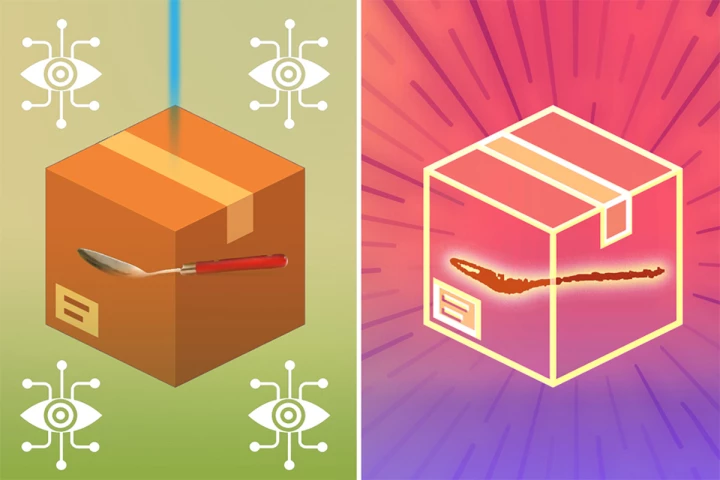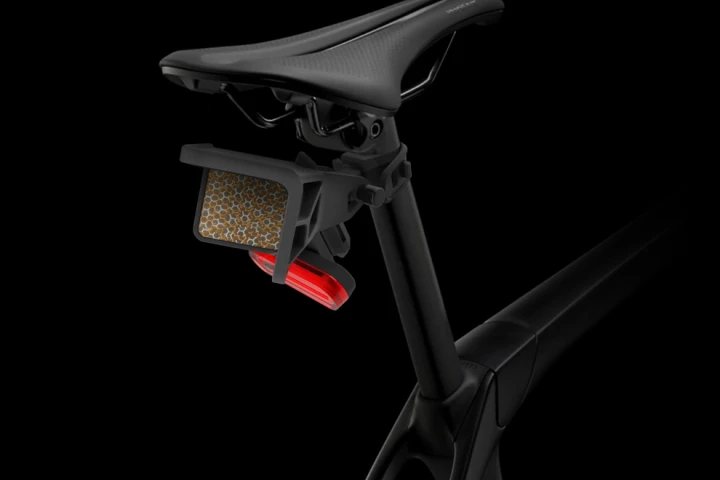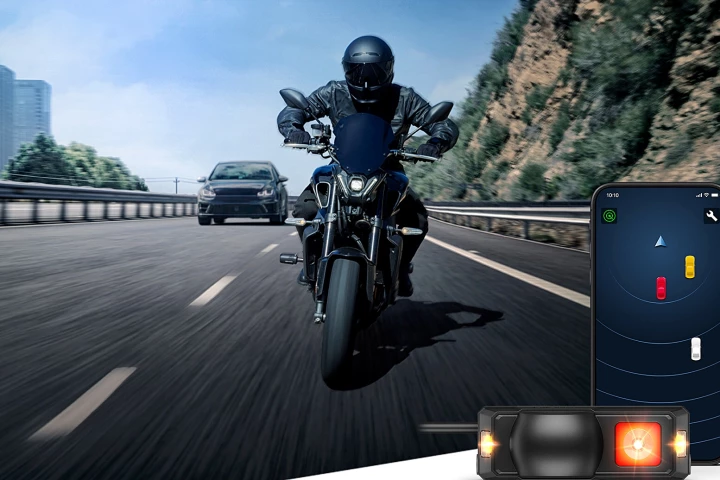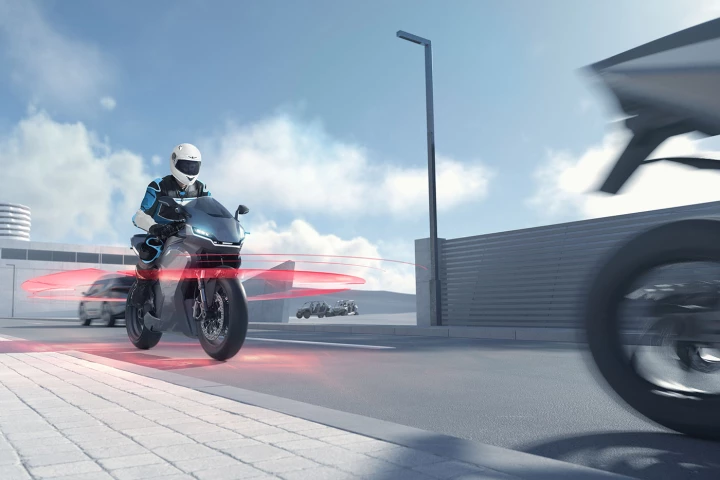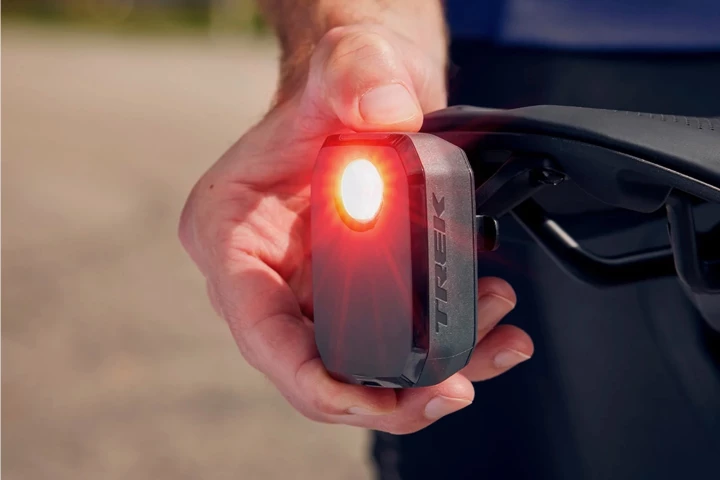Radar
-
If you're hoping that we can avoid the attention of alien civilizations by lying low, it's a bit late now. A new study released by the Royal Astronomical Society indicates that our radar systems are already screaming our location to ET eavesdroppers.
-
Researchers have developed a way to use high-frequency electromagnetic waves to visualize objects that are hidden from view – such as a tool in a pile of junk or a vase in a cardboard box – with much greater accuracy than before.
-
While in-vehicle collision avoidance systems may be good at detecting big targets like automobiles, they're not as adept at detecting bicycles. Radian's Wingman was designed to address that problem, by boosting bikes' radar and LiDAR visibility.
-
The first scooter to roll out of Ultraviolett’s production line is finally here, and from what I can gather, it was well worth the wait. There’s so much to like about this e-scoot, especially its INR120,000 (US$1,380) price tag. But is there a catch?
-
Researchers at Brigham Young University have demonstrated an inexpensive air traffic control system for drones that can effectively track multiple targets in real-time. Such systems could prevent collisions with aircraft, for not very much money.
-
Many premium motorcycles today come with radar systems on board, but you have to cough up serious sums of money to get your hands on one of these bikes. But if you want to add radar to your existing bike, Garmin now has you covered.
-
KTM has taken the wraps off its next premium touring motorcycle, the 2025 1390 Super Adventure S Evo. It's packing so many new features that we're convinced it's got the most tech of any production bike on the market.
-
KTM is kitting out a new motorcycle for the 2025 model year with six clever radar-guided safety features – including the ability to automatically squeeze the brakes to prevent a collision. That's thanks to next-gen rider assistance tech from Bosch.
-
If you're worried about being unexpectedly overtaken by cars while you're cycling, Trek's new CarBack may be just the ticket. It's not the only bicycle radar device on the market, but it is claimed to be the best in several ways.
-
Engineers at UC Davis have developed a new radar sensor that can pick up movements just 100th the width of a human hair. Better yet, the sensor itself is only the size of a sesame seed and is energy efficient.
-
Saab's new Ultra-Lightweight Camouflage Screen not only lets soldiers blend into the foliage and blocks infrared to foil heat seeking sensors, but it also hides them from radar sweeps, while still letting them receive GPS signals and radio communications.
-
In an effort to foil these proficient hide-and-seekers, scientists have enlisted a tech secret weapon to find the northern hairy-nosed wombat, a shy and critically endangered Aussie icon. Despite their hiding skills, just an estimated 315 animals remain.
Load More

